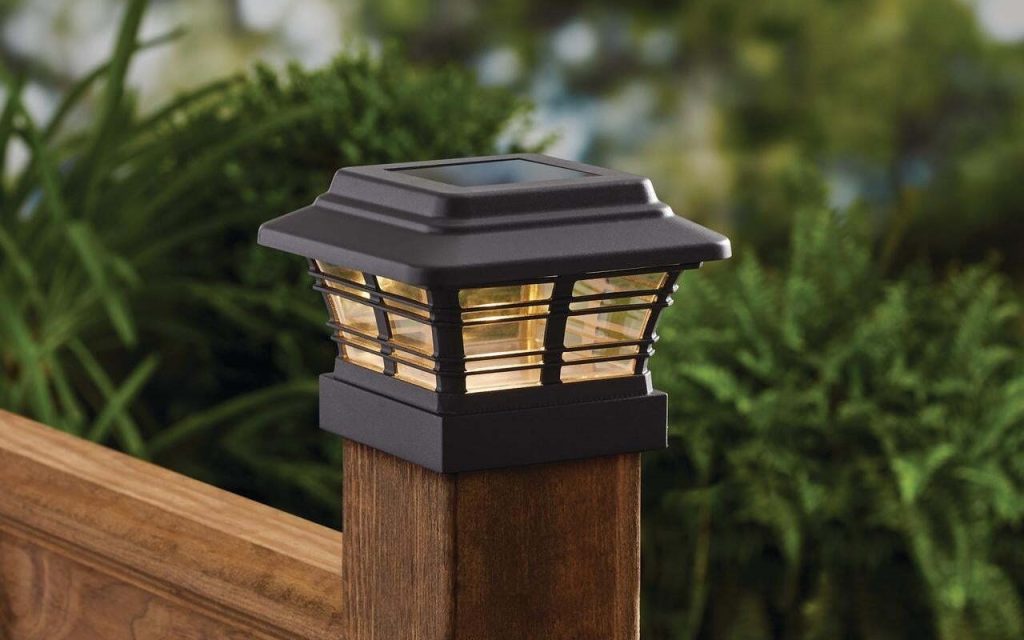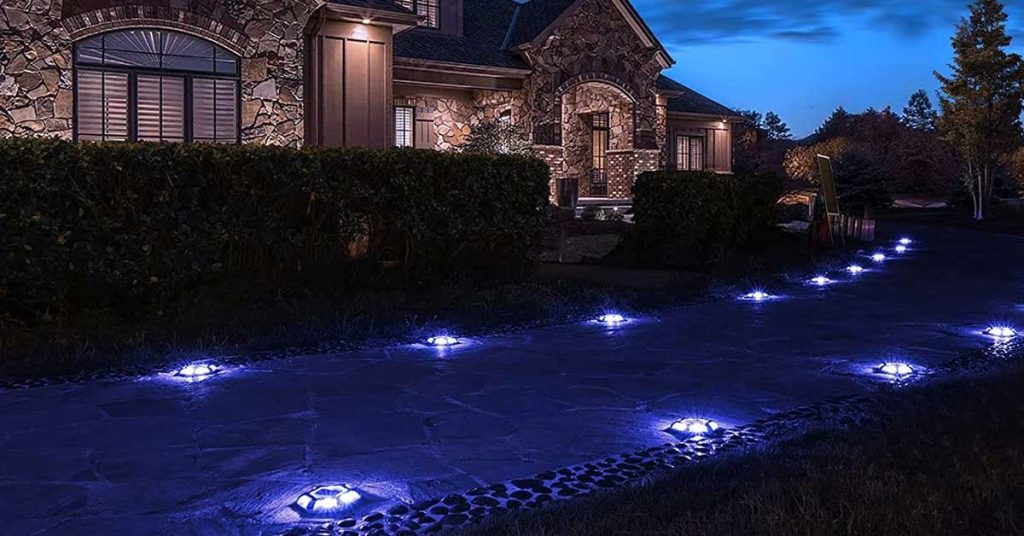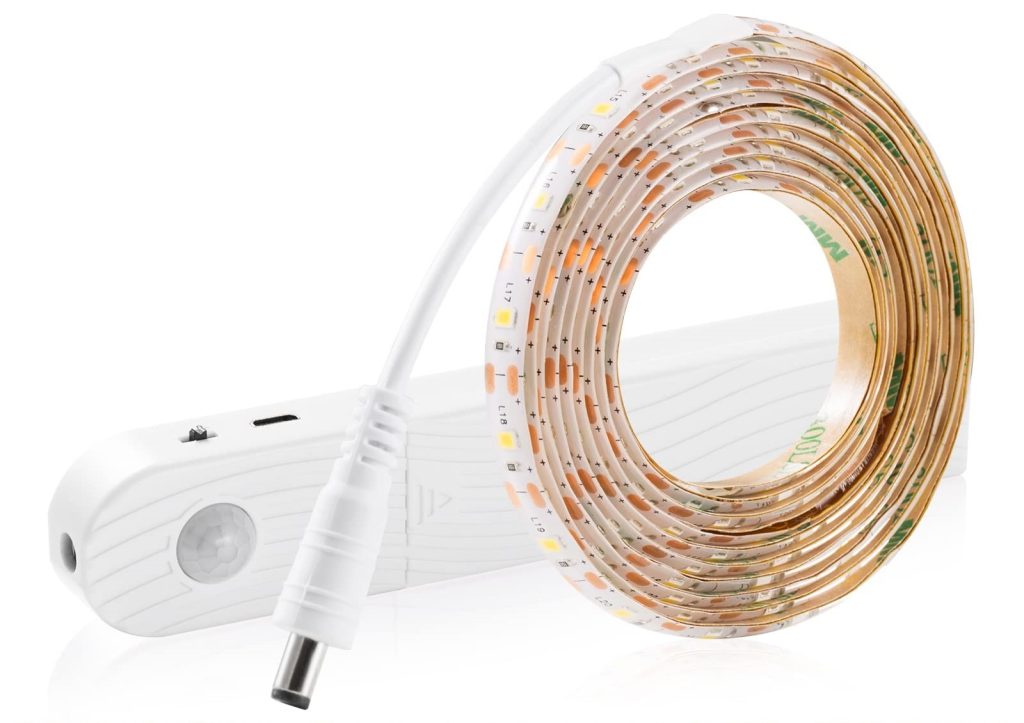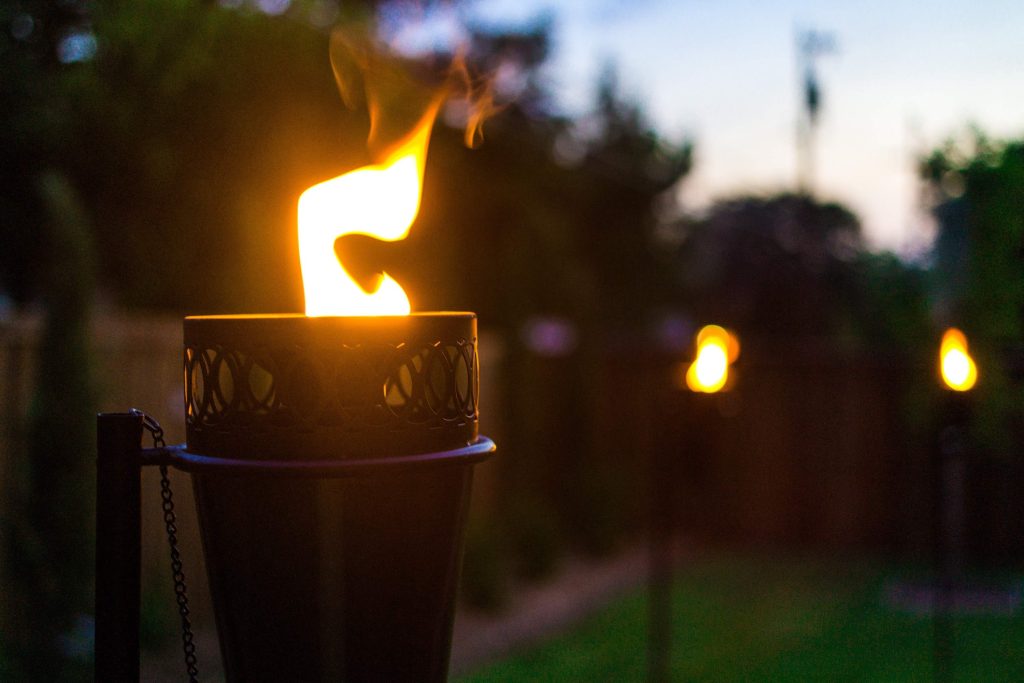Introduction to Off-Grid Landscape Lighting
Luminosity in Solitude: The Art of Landscape Lighting
Landscape lighting, a highly intriguing and specialized facet of architectural lighting, enhances the beauty of exterior spaces. It is an art as much as it is a science, requiring mastery to achieve the perfect balance between aesthetics and functionality. This form of lighting not only glorifies the exquisite aspects of landscaping but also ensures the safety and security of outdoor spaces during the nighttime hours.
In essence, landscape lighting has ceased to be a mere luxury, evolving into an indispensable element in contemporary architectural design. Its importance extends beyond visual appeal; it harbors the potential to accentuate architectural details, improve navigation during night hours, and augment overall property value by providing an allure that transcends daylight’s reach.
The deliberate placement of lights can transform ordinary garden elements into dramatic pieces of artwork while also ensuring secure footing on paths and stairways. Furthermore, landscape lighting contributes greatly to home security by illuminating hidden recesses and deterring potential trespassers.
However intriguing this concept may be, one is faced with a formidable challenge when these landscapes lay distanced from electrical grids – remote cabins nestled in dense forests or serene homesteads located atop rolling hillsides. How does one bring light to these locations?
The Off-Grid Paradox: Lighting Landscapes Sans Electrical Grid
Traditionally dependent on an electrical grid source for their functioning, landscape lighting systems hit a roadblock when placed off-the-grid. These locations present unique challenges; their remoteness makes them incompatible with traditional electrical infrastructures, hence necessitating innovative solutions that align with their geographical constraints.
This problem extends further than aesthetic implications alone; without proper lighting, navigation through such areas becomes perilous post dusk, making evening sojourns nearly impossible without portable sources of light.

Consequently, the need for a self-sufficient, off-grid system that can independently power landscape lights is increasingly being recognized. The challenge is not merely to find a solution for lighting these landscapes, but to source an option that is environmentally sustainable and economically feasible as well.
Overcoming this obstacle requires thinking beyond the traditional paradigms of landscape illumination – it calls for ingenuity and innovation in equal measure. Can we conceive a method of providing adequate landscape lighting without relying on an electrical grid?
A Journey into Luminous Horizons: Navigating this Article
This article embarks on a journey into the realm of off-grid landscape lighting systems. We shall delve into the foundational concepts, exploring how such systems can provide the needed lighting without dependence on an external electricity source. Additionally, we aim to shed light on why adopting such alternatives is not just practical but also beneficial on multiple fronts.
We shall dissect various types of off-grid landscape lighting systems, starting from solar-powered solutions, progressing onto battery-powered lights, and finally touching upon biogas lamps, discussing their functioning principles along with respective pros and cons. In further sections, each type will be analyzed in detail, focusing on factors like suitability based on landscape design, installation process, and maintenance requirements.
By doing so, we aim to provide readers with comprehensive knowledge, enabling them to make informed decisions customized to their unique circumstances. The goal here is not merely to illuminate darkened landscapes but also to enlighten our readers, revealing paths toward a future of sustainable and independent outdoor lighting solutions.
Unraveling the Mystery of Off-Grid Lighting
The concept of off-grid lighting might initially seem like an enigma, but in truth, it is quite straightforward. Off-grid lighting refers to any light source that functions independently of the traditional electrical power grid.
These systems harness energy from alternative sources such as solar power, wind energy, or even biofuels and convert it into usable light. The independence these systems offer makes them ideal for remote locations or areas where electrical infrastructure may be lacking.
Off-grid lighting solutions have seen significant advancements over recent years, evolving from rudimentary lanterns to sophisticated solar-powered LED systems. These devices often incorporate renewable energy technologies and battery storage options, allowing for emitted light even during periods when the primary energy source may not be available, like at nighttime or during periods of low sunlight for solar-powered lights.
Lighting the Future: Why Off-Grid Landscape Lighting Matters
Off-grid landscape lighting possesses a myriad of benefits that are not exclusively limited to their operational independence. Their importance becomes increasingly evident in a world that is actively seeking sustainable alternatives to traditional power sources.
Environmental Benefits: A Beacon for Sustainability
The environmental benefits associated with off-grid landscape lighting are substantial. Firstly, these solutions typically rely on renewable sources such as sunlight or wind, which produce zero harmful emissions when converted into electricity.
This starkly contrasts traditional grid-based electricity, which often relies on burning fossil fuels – a major contributor to greenhouse gas emissions and subsequent climate change. Furthermore, intelligent design practices within off-grid lighting often involve measures to minimize light pollution by focusing lighting downwards towards intended areas while preventing unnecessary upward scattering that can impact local wildlife and obscure starlight views.
The Brilliance of Energy Efficiency
Energy efficiency is another crucial advantage of off-grid landscape lighting systems. For instance, most modern designs harness LED technology, which uses significantly less energy than conventional light bulbs, translating to further reductions in carbon emissions and operating costs.

Simultaneously, they offer a longer lifespan, reducing the frequency of replacements and associated waste. The inherent design of off-grid lighting also ensures zero energy wastage from transmission losses – a common issue faced by traditional power grids where electricity travels vast distances from power plants to end-users.
Cost-Effectiveness: An Economically Enlightening Choice
From an economic perspective, off-grid landscape lighting poses a cost-effective solution in many situations. Upfront installation costs might be higher than their grid-connected counterparts; however, the absence of monthly utility bills and minimal maintenance requirements often result in lower long-term costs.
Moreover, incentives and subsidies for renewable energy installations in many regions can further offset initial setup costs. Given these considerations, along with their environmental advantages and flexibility for remote installation, off-grid landscape lighting embodies an elegantly versatile solution for sustainable lighting.
Types of Off-Grid Landscape Lighting Systems
Solar-Powered Lights
Solar-powered lights bring together the ideal combination of energy efficiency and convenience in an environment-friendly package. These ingenious devices harness sunlight, converting and storing it as electrical energy in a rechargeable battery for later use.
The process is facilitated by photovoltaic cells on the solar panels, which activate once they detect sunlight. Once dusk falls, a built-in light sensor triggers the lighting without any manual intervention – a testament to its self-sufficiency.
The advantages of solar lights are manifold; their reliance on renewable energy sources decreases carbon footprints and helps conserve natural resources. Furthermore, their easy installation process devoid of wiring makes them an attractive choice for many homeowners looking for hassle-free options.
Despite these benefits, there are considerations to bear in mind; solar lights depend heavily on the amount of daily sun exposure they receive. In areas with long winters or extensive cloud cover, their performance may be less than optimal.
Battery-Powered Lights
Battery-powered lights provide another viable option for off-grid landscape lighting. They operate on the simple principle of electricity stored in batteries being used to power LEDs or other forms of light bulbs when switched on. Their strength lies in their independence from sunlight, making them more reliable in cloudy weather or during winter months where daylight periods are shorter.
They offer flexibility as they can be installed almost anywhere without worries about sun exposure compared to solar lights. However, continual replacement or recharging of batteries may be needed based on usage patterns – a potential inconvenience that warrants consideration.
Biofuel/Biogas Lamps
Biofuel/biogas lamps present an innovative solution that merges traditional concepts with modern practicality. These lamps work by burning biofuels such as vegetable oil or biogas produced from decomposed organic waste to generate heat and light.
This impeccably green solution makes use of renewable resources and promotes waste recycling. However, the practical application of such lamps in a landscape setting could be challenging due to factors such as fuel availability, safety concerns, and issues with scent or smoke that may result from burning biofuels.
Exploring Solar-Powered Landscape Lighting Systems
Solar lights come in various types to suit different landscaping needs. These include pathway lights for lighting walkways, spotlights for highlighting specific features like statues or trees, and even decorative fairy lights that add a touch of whimsy to your garden.

Choosing the right solar light depends on your landscape design and desired aesthetic effect. For instance, if you have a long driveway or pathway, lining it with solar post lights can create a welcoming ambiance. The installation process is relatively simple, often requiring just the positioning into the ground where there’s ample sunlight.
Maintenance is crucial for longevity. Regular cleaning of solar panels is vital to prevent dust accumulation, which could hamper their sun exposure capacity. Also, periodic battery checks are advisable to ensure optimal functioning.
Exploring Battery-Powered Landscape Lighting Systems
Like their solar counterparts, battery-powered lights also offer a variety suited for every landscaping need. Whether it’s path lighting or accentuating architectural features with spotlights, there’s an option for each requirement. The choice of battery type is critical here; rechargeable batteries are more cost-effective in the long run, while long-life batteries provide longer intervals between replacements.

Installing battery-powered lights involves mounting them at suitable locations and ensuring easy access for possible future battery changes. Maintenance entails frequent checks on batteries based on usage patterns while also ensuring that fixtures are clean for maximum light output.
Exploring Biofuel/Biogas Lamps in Landscape Lighting
Biofuel/biogas lamps work by combusting biofuel/biogas to produce light. It is an innovative approach that can be part of solutions for off-grid lighting.

Despite their eco-friendly credentials, the feasibility of biofuel/biogas lamps in a landscape scenario needs careful assessment. Availability of fuel, safety concerns around combustion, and potential smoke issues are factors to consider.
Installation processes would vary based on the model but usually involve setting up the lamp and fuel source correctly. Safety measures are paramount to prevent accidental fires or hazards linked with combustible substances.
Conclusion: Landscape Lighting Without an Electrical Grid?
The journey towards lighting landscapes without an electrical grid is filled with potential and innovation. While challenges exist, solutions like solar-powered lights, battery-powered fixtures, and even biofuel lamps offer promising alternatives that not only brighten our surroundings beautifully but also step lightly on our environment. As we become more conscious about sustainable living practices, these off-grid lighting options inspire optimism about a future where technology and nature coexist harmoniously.
You may also be interested in the following posts:
